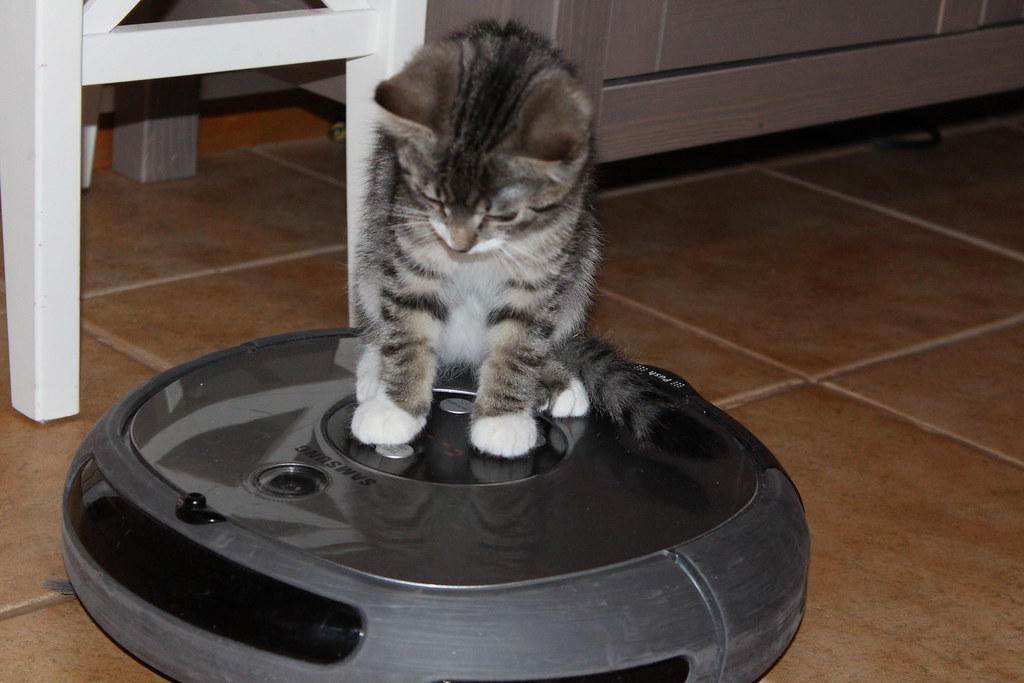Further Reflections on Digital Curation
Sixteen posts in and I have yet to bookmark my own blog, which means that every time I begin to write a post, I end up googling ’23 Things for Digital Knowledge’. A few weeks ago, this led to me discovering and bookmarking the 23 Research Things Programme at the University of Melbourne. Amazingly, according to its original creator, Helene Blowers, the original 23 Things programme has been adapted over 500 times in seventeen countries! Inspired by this, and by using Wakelet for Thing 15, I decided to curate my own list of interesting 23 Things adaptations.
One Note / Class Notebook
Thing 16 is about becoming familiar with one note and class notebook, both of which are available through Microsoft Office 365. Before exploring them for this Thing, I had never used either and had only the vaguest idea what they were. OneNote is a digital note-taking tool with the capacity to incorporate handwritten notes, images, dictation and audio commentaries. It has excellent capacities for optical character recognition, meaning that it’s possible to generate a readable (and searchable!) text file from a handwritten note.
Class Notebook is a version of OneNote with specific features that allow it to be used as a teaching tool, providing a digital space for students to do their work individually and in groups. Teachers can use the Class Notebook to set work and offer feedback, and get a bird’s eye view of students’ learning. As with OneNote, the Class Notebook features video and audio recordings and a wide array of drawing and highlighting tools.
Cat Vacuuming
The stereotypical librarian is someone who loves to organise stuff and it is certainly one of my weaknesses. It is very easy for me put a lot of energy into getting things set up just so before getting properly stuck in. So my first though on exploring OneNote was ‘I could waste SO MUCH TIME’ with this.

“Miisa” by andymiccone is licensed under CC0 1.0
My second thought was conference notes! Despite being a very shy person, I love conferencing. Being with people who are gathered around a common theme makes it easier to find something to say, and I always enjoy the chance to hear and see what other people are working on, and get feedback on my own projects. As a librarian and a medievalist, I go to as many conferences as I can, which means that I have years of conference notes going all the way back to 2011, which are handwritten in a fleet of small notebooks. When I first started taking notes, I would try to live-capture the presenter’s argument as it unfolded, as a way to remember it, and also check my own understanding. Nowadays, unless the topic is immediately relevant to something I am working on, my notes typically focus on things I want to follow up on. I might jot down the name of a presenter I would like to add on LinkedIn or academia.edu, a new bit of bibliography, and those sorts of things.
OneNote conference notes would be searchable, better organised, and easier to transfer into things like Microsoft To-Do. Usually when I go to a libraries conference I share what I learned with colleagues via Microsoft Sway, a process which is almost always faster when I have typed my notes. My memories seem to be clearer and longer-lasting when I handwrite rather than type, but it might be possible to experiment with an ipad stylus and see what difference that makes. Alternatively, it might be possible to photograph handwritten notes and then upload them to OneNote…
The trick here would be not to spend too much time arranging and rearranging my OneNote notebooks, something I would find all too easy to do!
Online Teaching and the Class Notebook
It took me awhile to warm to Microsoft Teams as a teaching and collaboration tool, but my first thought on watching ‘getting the most out of OneNote Class Notebook‘ was that this would make a perfect tool for the blended learning Latin class I may be teaching next year. Students can type or write translations as they prefer. As their I teacher, I could get a birds’ eye view of what everyone is doing. The class notebook would make it easy to assign students collaborative work on translation, and to offer targeted feedback to individuals and groups. I have become increasingly curious about audio feedback as a way to save myself some typing, and that is also an option in class notebooks.
On the other hand: time! time! As far as I can tell, a lot of teaching on Microsoft Teams has to be organised manually: it doesn’t link with our university’s module management systems the way Blackboard Collaborate does. I also wonder about how much of a hurdle getting use to learning with a class notebook would pose for students–the One Note for Education site seems to indicate that it is extremely popular in the classroom. But what about learners who have been out of education for awhile, have poor internet connections, or otherwise feel stymied by technology–would this be an added source of frustration for them? It seems like it could take a great deal of time to fully take advantage of everything a class notebook has to offer.
Final Thoughts
As I get closer to the end of my 23 Things (only 7 to go!), I find myself again reflecting on how grateful I am to have the time, space, and opportunity to work through this challenge at the present moment. Pandemic librarianship and pedagogy have forced me to think about digital tools in new ways, and it is immensely helpful to have a structure in place for reflecting on what I know and what I have to learn.
